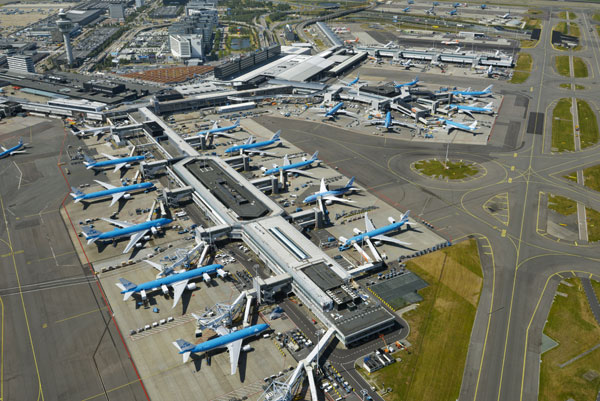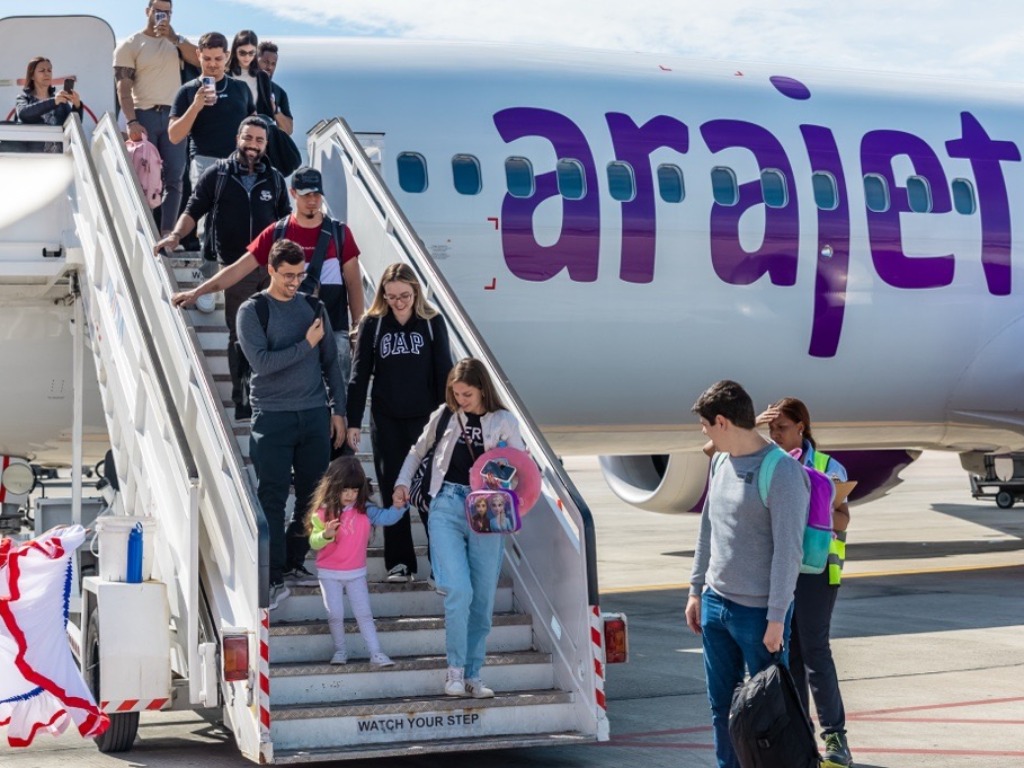IATA Releases New AGM Dates, March Results

Good news, bad news from IATA. The global airline industry association advised the dates for its rescheduled annual general meeting, moving it to November in Amsterdam, but it also reported passenger traffic demand results for March, revealing that government travel restrictions had taken hold, with traffic demand dropping by over 50% for the month.
IATA reported that global passenger traffic results for March 2020 showed that demand — measured in total revenue passenger kilometers or RPKs — dived 52.9% compared to the year-ago period.
That drop marked the largest decline in recent history and reflected the impact of government actions to slow the spread of COVID-19.
In seasonally adjusted terms, IATA said that global passenger volumes returned to levels last seen in 2006. March capacity (available seat kilometers or ASKs) fell by 36.2% and load factor plummeted 21.4 percentage points to 60.6%.
Alexandre de Juniac, director general and CEO of IATA, said: “March was a disastrous month for aviation. Airlines progressively felt the growing impact of the COVID-19 related border closings and restrictions on mobility, including in domestic markets.”
IATA’s boss continued: “Demand was at the same level it was in 2006 but we have the fleets and employees for double that. Worse, we know that the situation deteriorated even more in April and most signs point to a slow recovery.”
March international passenger demand shrank 55.8% compared to March 2019; much worse than the 10.3% year-to-year decline in February.
In fact, all regions recorded double-digit percentage traffic decline; with capacity tumbling 42.8%, and load factor plunging 18.4 percentage points to 62.5%.
Market by market, IATA reported that:
- Asia-Pacific airlines led the decliners, as March traffic dropped 65.5% compared to the year-ago period, which was more than double the 30.7% decline in February. Capacity fell 51.4% and load factor collapsed 23.4 percentage points to 57.1%.
- European carriers saw March demand fall 54.3% year-to-year. In February, traffic was virtually flat compared to February the prior year. Capacity dropped 42.9%, and load factor sank 16.8 percentage points to 67.6%, which was the highest among regions.
- Middle Eastern airlines posted a 45.9% traffic decrease in March, reversing a 1.6% increase in February. Capacity slid 33.5%, and load factor dropped 13.7 percentage points to 59.9%.
- North American carriers’ traffic dived 53.7% compared to March a year ago, dramatically worsened from a 2.9% drop in February compared to February 2019. Capacity fell 38.1%, and load factor sank by 21.1 percentage points to 62.8%.
- Latin American airlines experienced a 45.9% demand drop in March, compared to the same month last year; in February traffic declined 0.2% year-to-year. Capacity fell 33.5% and load factor sagged 15.3 percentage points to 66.5%.
- African airlines’ traffic fell 42.8% in March, which was a huge deterioration from a 1.1% decline in February. Capacity dropped 32.9%, and load factor contracted 10.5 percentage points to 60.8%.
The domestic passenger markets were not in much better shape, with IATA noting that demand for domestic travel shrank 47.8% in March compared to March 2019 with double-digit percentage declines in all markets. This compared to a 21.3% year-to-year decline in February. Capacity fell 24.5% and load factor plunged 26.0 percentage points to 58.1%.
Commenting on the sobering results, de Juniac said: “The industry is in free fall and we have not hit bottom. But there will come a time — soon, I hope — when authorities will be ready to begin easing restrictions on mobility and opening borders.”
He continued: “It is imperative that governments work with industry now to prepare for that day. It is the only way to ensure that we have measures in place to keep passengers safe during travel and reassure governments that aviation will not be a vector in the spread of the disease.”
And de Juniac concluded: “We must also avoid the confusion and complexity that followed 9.11. Global standards that are mutually accepted and operationally practicable will be mission-critical to achieving this. The only way to get there is by working together.”

Let’s Meet In November
IATA will be holding its 76th Annual General Meeting and World Air Transport Summit in Amsterdam from Nov. 23 to Nov. 24, 2020, with the event being hosted by KLM Royal Dutch Airlines at the RAI Convention Centre.
The new dates were selected in anticipation that government restrictions on travel will have been lifted and that the public health authorities in the Netherlands will permit large gatherings at that time.
IATA will work with public health authorities to ensure that all precautions are taken for the meeting to be held safely.
Alexandre de Juniac, IATA’s director general and CEO, said that: “The fight against COVID-19 is the world’s top priority. The economic and social cost of beating the virus will be high. The extreme financial difficulty of the airline industry is a prime example of that.”
He continued: “In the post-pandemic world, a viable air transport industry will be critical. It will be a leader in the economic recovery by performing its traditional role of linking people, goods and businesses globally. But we will be a changed industry.”
And he concluded: “In anticipation that the world will have returned to sufficient normality by November, we will gather the world’s airlines to look ahead together as we address the biggest challenges we have ever faced. Aviation is the business of freedom. We are resilient. And this AGM will help us to build an even stronger future.”


